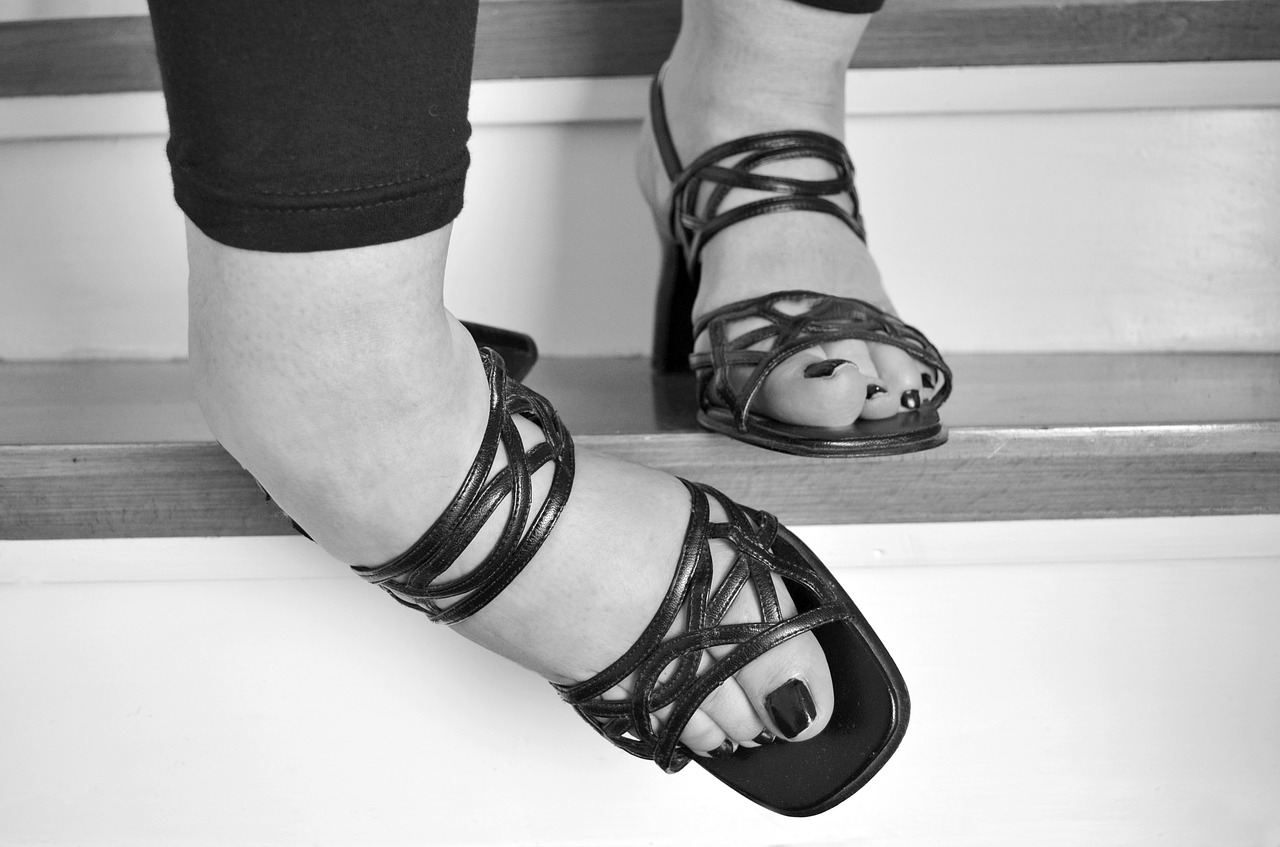Shin splints, or medial tibial stress syndrome (MTSS), is a common sports injury that causes pain on the inside of your shin. It’s also known as iliotibial band syndrome and anterior compartment syndrome. Shin splint pain can be caused by repetitive activities such as running, cycling, dancing, and hiking. This post will help you understand what shin splint pain is all about and why it might happen to you without proper treatment from a professional sports massage therapist.
The first thing we’ll talk about is the signs of having shin splints so you know if this article applies to you. Next, we’ll cover how a sports massage can help with those pesky pains that just take ages to heal!
What are shin splints?
- Shin splint pain is typically caused by repetitive activities such as running, cycling, dancing and hiking.
- The pain can be on the inside of your shin bone (tibia) or in both legs.
This can be very painful and take a long time to heal. And regular medications like naproxen don’t really offer much relief.
Healing time for a shin splint
Shin splints can last anywhere from a few days to months. They are often caused by muscle pain near the shin bone, according to Mayo Clinic. They are quite common but can be extremely painful and in some cases can lead to bone damage. There are several ways that you can treat shin splints including taking anti-inflammatory medication, wearing a boot or padding around the lower leg, avoiding running on hard surfaces, and resting your leg. And of course a sports massage!
Most people will see their pain go down within a few days but it could take weeks depending on how your body processes the injury.
How can a sports massage help?
A sports massage can help with shin splint pain by loosening the muscles and tissues. The pressure from a deep tissue massage will also work to break up any knots or adhesions that may form as a result of injury. With this, you’ll be able to walk without experiencing too much discomfort in your leg since the muscles will be looser.
Sports massage can also help with other injuries that may be causing your shin splint pain. For example, if you’re currently recovering from a sprain or strain, sports massage would help the muscles in and around the area to relax so they don’t tighten up to protect those injured areas. This will reduce any inflammation as well for more comfort so you can rest a little easier.
Can medication help with shin splint?
Over the counter pain relief can provide some relief but you will still need to rest the affected shin. There are also some prescription medications that may give you more relief.
If the pain is very severe, your doctor may prescribe a muscle relaxant or an anti-inflammatory medication to help ease the pain and inflammation in your shin. These types of medicines can have side effects like drowsiness, nausea and dizziness so they should be taken with food to reduce the side effects.

